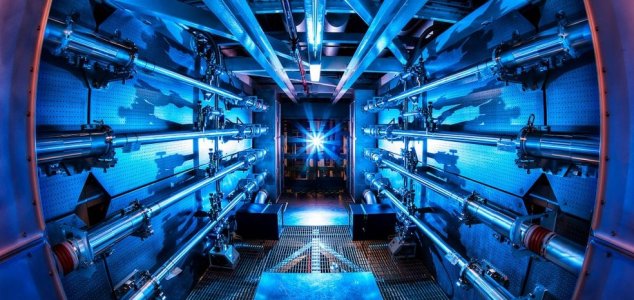
Nuclear fusion is what powers the sun.
Often seen as the Holy Grail of power generation, nuclear fusion is the same process that produces energy in the sun and works by fusing hydrogen nuclei together to create helium.
Unlike nuclear fission which comes with the inherent risk of a meltdown, fusion is much cleaner and safer while the hydrogen fuel used by the process is so abundant that it is practically limitless.
Scientists have been working on building a sustainable nuclear fusion reactor for years and while that goal has yet to be achieved, progress is still being made in several key areas.
This week a new experiment was carried out at the Max Planck Institute in Greifswald which saw a group of scientists, accompanied by German Chancellor Angela Merkel, inject hydrogen in to the Wendelstein 7-X fusion device which heated the gas in to plasma for a brief moment.
While the device did not produce electricity in this instance, the experiment is only the first of many designed to determine whether this particular design of nuclear fusion reactor can generate power.
“With a temperature of 80 million degrees and a lifetime of a quarter of a second, the device’s first hydrogen plasma has completely lived up to our expectations,” said scientist Hans-Stephan Bosch.
The milestone achieved might be small, but it does help move us one step closer to a world where an unlimited supply of clean, affordable and sustainable energy will be available to everyone.
Originally posted 2016-02-12 13:31:15. Republished by Blog Post Promoter













